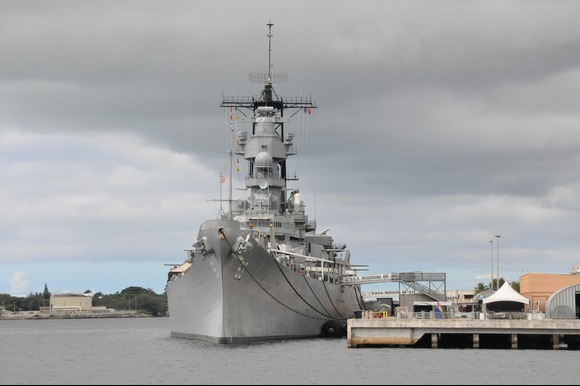
Photo by John Wolf
North Korea has relaunched its newly built 5,000-ton naval destroyer less than a month after the vessel dramatically capsized during its initial launch attempt, according to reports from state media. The renewed effort comes amid a broader push by leader Kim Jong Un to bolster his country’s maritime capabilities, including the development of a nuclear-armed navy.
The destroyer, one of two advanced warships constructed over the past year, is now said to be fully operational following a rapid and heavily scrutinized repair process. However, the speed at which the vessel was restored has raised doubts among military experts regarding the thoroughness and safety of the repairs.
The original launch failure in May reportedly infuriated Kim, who responded by ordering an immediate investigation and demanding swift restoration. At least four individuals—three from the shipyard and one senior official—have since been arrested and held responsible for the high-profile mishap.
On Tuesday, Kim Jong Un, accompanied by his daughter Kim Ju Ae, personally oversaw the relaunch at Rajin Port, located in the northern part of the country. The official Korean Central News Agency (KCNA) published several photos of the leader and his daughter at the launch event, underscoring the regime’s effort to portray the relaunch as a success and a symbol of resilience.
These newly built destroyers are now the largest vessels in North Korea’s fleet and, in theory, have the capacity to carry and launch nuclear weapons—a key goal in Kim’s long-term military strategy. He has made clear his intention to construct two additional ships of the same class within the coming year, signaling a significant investment in naval expansion.
Satellite imagery from the past several weeks appeared to confirm the sequence of events following the failed launch. Images showed the capsized ship sitting partially submerged in the harbour, then being moved to a repair facility, and finally refloated and moored at the dock, indicating an intense and rapid repair timeline.
Despite the earlier setback, KCNA reported that Kim remained resolute in his pursuit of naval power. During Friday’s launch ceremony, he dismissed the earlier failure as a temporary obstacle that would not derail North Korea’s broader military modernization programme.
According to the KCNA report, Kim warned adversaries that the presence of North Korea’s warships near contested waters would become an increasingly provocative sight. “Soon, enemies will experience how provocative and unpleasant it is to sit and watch the ships of an adversary run rampant on the fringes of sovereign waters,” he declared.
Military analysts are closely monitoring the developments, particularly given the ship’s potential nuclear capabilities and the speed of its restoration. Questions remain about the vessel’s true readiness and whether political pressure may have overridden technical caution in the relaunch effort.
Nevertheless, North Korea’s determination to advance its maritime strength—even amid technical blunders—highlights the regime’s evolving military priorities and its continued emphasis on projecting power in the region.



